The Ultimate Kona Coffee Blog
Learn About Kona Coffee, Brewing Tips, and Hawaiian Culture
Discover everything you need to know about Kona coffee—from how it's grown on the slopes of Hawaii’s Big Island to expert home brewing tips. Our blog covers the latest Kona coffee news, industry trends, and in-depth guides designed to help you brew better, fresher coffee at home. Whether you're new to Kona coffee or a longtime fan, there's something here for every coffee lover.
Why Kona Coffee Tastes Different: A Look at Terroir, Elevation, and Hawaiian Microclimates
A breathtaking aerial view of Hawaii’s lush green mountains and turquoise coastline—evocative of the rich volcanic terrain where Kona coffee is cultivated.
How to Brew Kona Coffee with a French Press (Like a Pro)
Discover how to brew 100% Kona coffee with a French press for rich, full-bodied flavor at home. Easy steps, expert tips, and the perfect method for true Hawaiian coffee lovers.
How to Choose & Buy the Best Hawaiian and Kona Coffee Online
Discover how to choose the best Hawaiian and Kona coffee online with this expert guide. Learn the differences between grades like Peaberry and Extra Fancy, what to look for in roast quality, and how to avoid misleading blends. Perfect for coffee lovers who want premium flavor shipped fresh from Hawaii.




